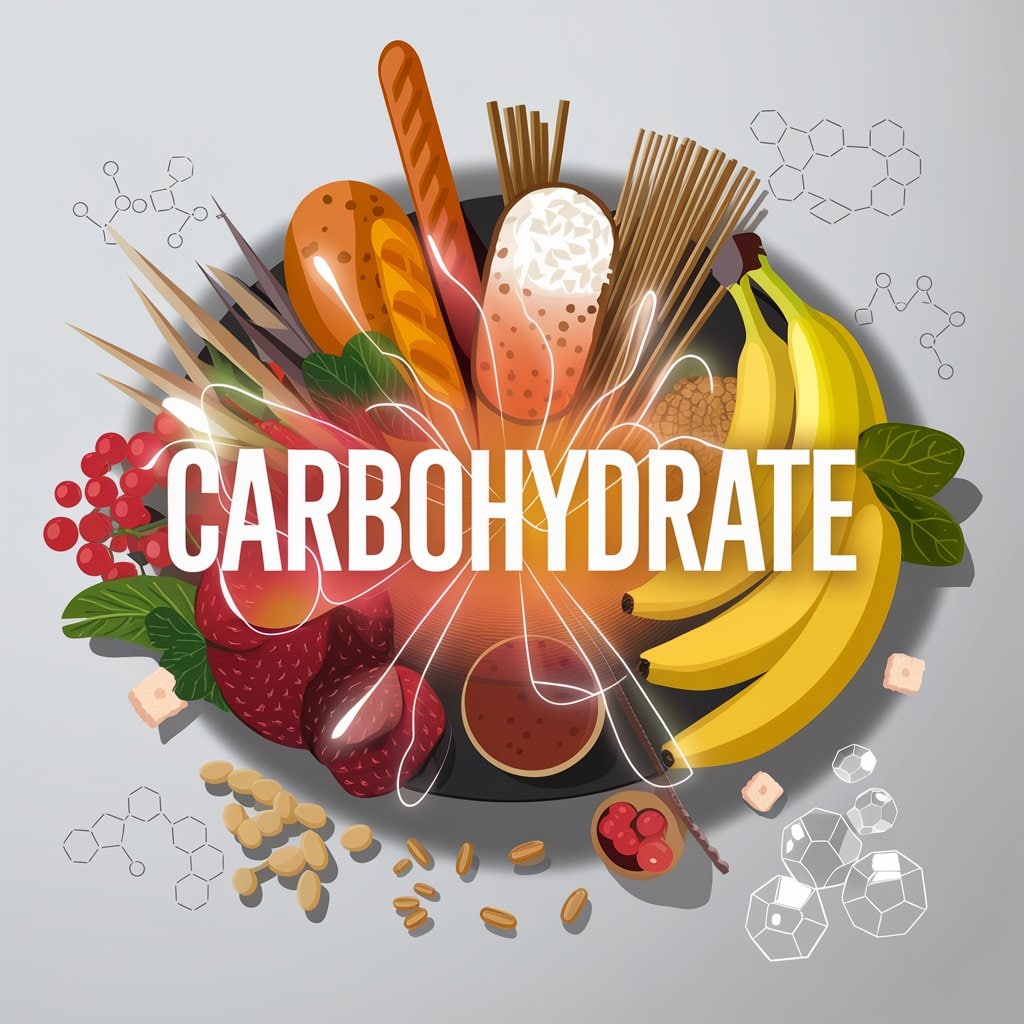Carbohydrates: Definition, Types, Functions, Classification & Examples Of Carbohydrates
Carbohydrates Definition: Carbohydrates are organic molecules made of carbon, hydrogen, and oxygen that provide energy for living organisms. They include sugars, starches, and fibres, required for energy storage and structural functions.
This Story also Contains
- What are Carbohydrates?
- Classification of Carbohydrates
- Examples of Carbohydrates
- Functions of Carbohydrates
- Metabolism of Carbohydrates
- Carbohydrates in Health

What are Carbohydrates?
Carbohydrates are organic molecules composed of carbon, hydrogen, and oxygen, in most cases, the hydrogen-to-oxygen atomic ratio is 2:1 (this is the same ratio as water). They are important for numerous basic physiological processes studied in biology. Carbohydrates can be broadly classified into two main groups, simple and complex, although there are several other classifications including glycans.
Classification of Carbohydrates
There are numerous ways to classify carbohydrates. One common way is to group them by the number of sugar molecules they contain:
Type | Structure | Function |
Monosaccharides | Simple sugars (e.g., glucose) | Immediate energy source |
Disaccharides | Two monosaccharides (e.g., sucrose) | Energy source, transport form |
Polysaccharides | Long chains of monosaccharides (e.g., starch, glycogen) | Energy storage and structural support |
Monosaccharides
The simplest form of carbohydrates is monosaccharides. They are single sugar units and cannot be hydrolyzed into simpler sugars. Common examples include:
Glucose: The major energy source of cells.
Fructose: Found in fruits and honey.
Galactose: Part of lactose in milk.
Disaccharides
Two monosaccharides are condensed to form one disaccharide by the formation of a glycosidic bond. Common disaccharides
Sucrose: Composed of glucose and fructose, table sugar
Lactose: Composed of glucose and galactose, milk sugar
Maltose: Composed of two glucose units, malt sugar is produced during the digestion of starches.
Polysaccharides
Polysaccharides are long chains of monosaccharides united by glycosidic bonds. They perform the functions of energy storage and structural material:
Starch is a storage polysaccharide of glucose in plants.
Glycogen is the storage polysaccharide of glucose in animals.
Cellulose is a structural polysaccharide of glucose found in plant cell walls providing rigidity.
Also Read:
Examples of Carbohydrates
The important examples of carbohydrates are given below:
- Glucose
- Galactose
- Maltose
- Fructose
- Sucrose
- Lactose
- Starch
- Cellulose
- Chitin
Functions of Carbohydrates
Carbohydrates carry out the following important functions:
Source of Energy: Carbohydrates serve as the main source of energy for cellular respiration. They yield a chemical called ATP, which is employed as energy.
Energy Storage: In animals, glucose is stored as glycogen, while in plants, it is stored in the form of starch.
Structural Support: It provides strength to plant cell walls. Another polysaccharide is chitin, which shows similar functions in fungi and arthropods.
Metabolism of Carbohydrates
Carbohydrates undergo oxidation and produce carbon dioxide along with water through the use of several metabolic pathways:
Glycolysis: It refers to the breaking of glucose to derive energy.
Gluconeogenesis: It is the generation of glucose from other sources instead of from carbohydrates.
Glycogenesis: This refers to the process of converting glucose into glycogen for storage.
Carbohydrates in Health
Carbohydrates are essential to health, but their consumption needs to be balanced:
Dietary Fiber: These are carbohydrates indigestible by human digestive systems yet are very important in regulating gut flow and blood sugar levels.
Diabetes: A disease condition caused by a malfunction in carbohydrate metabolism, resulting in blood glucose levels being raised.
Current Research Trends
The research in the field of carbohydrates is growing and is focused on:
Glycobiology: It is a study dealing with the role of carbohydrates in the biological functioning of the body and their participation in cellular processes.
Functional Foods: Carbohydrate-based foods, for example, whole grains and legumes, exhibit some beneficial effects on health.
Ethical Issues
Ethical issues related to carbohydrate studies involve the following:
Food Labelling: Accurate declaration of carbohydrate content is made while labelling food products.
Dietary Recommendations: These dietary carbohydrate suggestions have an impact on public health.
Also Read:
Recommended Video on Carbohydrates
Frequently Asked Questions (FAQs)
Carbohydrates are organic molecules consisting of carbon, hydrogen, and oxygen, and these are believed to be one of the primary sources of energy in living organisms.
Carbohydrates supply energy, are stored as energy, and contribute to structural components in cells.
Dietary fibre aids in digestion supports gut health and helps control blood sugar levels.
Carbohydrate metabolism involves the breakdown and building up of carbohydrates, which usually means the production of energy and maintenance of glucose levels.
Major types include monosaccharides, disaccharides, and polysaccharides.